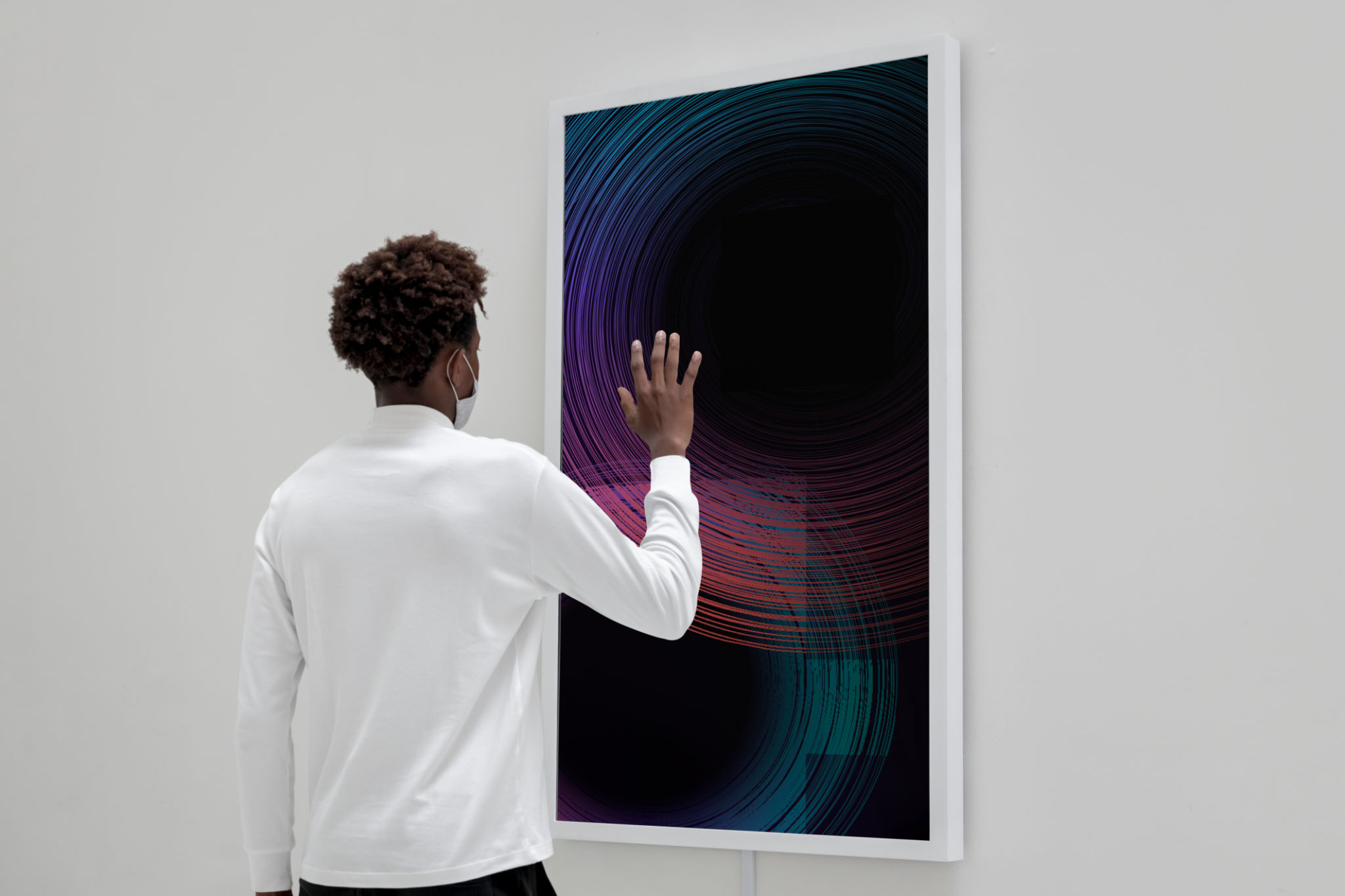Creating with AI: How Cultural Institutions Leverage AI-Generated Art Platforms
Introduction to AI in Cultural Institutions
In recent years, cultural institutions have been exploring the potential of artificial intelligence (AI) to revolutionize their operations and creative outputs. Among the most intriguing developments is the use of AI-generated art platforms. These innovative tools are providing museums, galleries, and other cultural entities with exciting new ways to engage audiences and enhance their collections.

The Rise of AI-Generated Art
AI-generated art has emerged as a fascinating intersection between technology and creativity. Utilizing algorithms and machine learning, AI platforms create artworks that can mimic human styles or invent entirely new aesthetics. The implications for cultural institutions are vast, offering opportunities to expand artistic boundaries and explore new forms of expression.
For many institutions, AI-generated art provides a way to attract tech-savvy audiences interested in the convergence of art and technology. By incorporating AI into their exhibitions, these organizations can offer unique experiences that challenge traditional notions of creativity.
Enhancing Exhibitions with AI
Cultural institutions are leveraging AI to enhance their exhibitions in several ways. Some are using AI to create interactive installations that respond to viewer input, providing a dynamic and personalized experience. Others are incorporating AI-generated pieces into their collections to juxtapose with traditional artworks, encouraging dialogue about the role of technology in art.

AI also allows for the creation of virtual exhibitions that can reach global audiences. These digital showcases can be accessed from anywhere, breaking down geographical barriers and making art more accessible to people worldwide.
Engaging Audiences through Technology
One of the key benefits of AI-generated art platforms is their ability to engage audiences in new ways. By incorporating elements of surprise and interactivity, these platforms can captivate visitors and encourage deeper engagement with the artworks on display.
For instance, some institutions use AI to analyze visitor preferences and tailor the exhibition experience accordingly. This personalized approach can make visitors feel more connected to the art and the institution itself.

The Future of AI in Cultural Institutions
The integration of AI-generated art platforms is just the beginning for cultural institutions. As technology continues to evolve, so too will the possibilities for artistic expression and audience engagement. Institutions that embrace these innovations are likely to remain at the forefront of cultural relevance.
Looking ahead, we can expect to see even more sophisticated uses of AI in art creation, curation, and exhibition design. The challenge will be balancing technological advancements with the preservation of human creativity and interpretation.
Conclusion
AI-generated art platforms are transforming the landscape of cultural institutions by offering new ways to create, curate, and experience art. As they continue to explore the potential of these technologies, museums and galleries are not only expanding their creative horizons but also redefining what it means to be a cultural institution in the digital age.
By embracing AI, cultural institutions are setting the stage for a future where technology and creativity coexist harmoniously, providing enriching experiences for audiences around the world.
